Last Updated:
July 26, 2025
Walk into any garden center or home improvement store, and you’ll find entire shelves filled with bright bags labeled “Weed & Feed.” At first glance, it seems like the perfect one-two punch for your lawn: eliminate weeds while feeding your grass all in one simple application. But despite its popularity and convenience, weed and feed products often do more harm than good.
If you’re aiming for a thick, healthy lawn and a responsible, long-term lawn care routine, it’s important to understand what weed and feed is and why it might not be the best choice for your lawn.
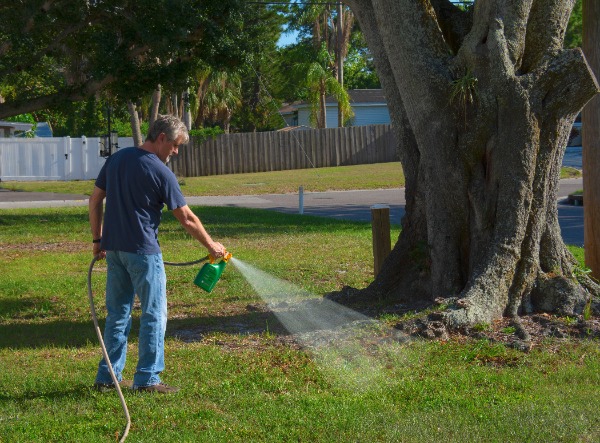
Weed and feed is a term used for a class of lawn care products that combine two ingredients: a fertilizer ("feed") and a herbicide ("weed"). The idea is simple: apply a single product to your entire lawn, and you’ll be killing weeds while nourishing your grass at the same time.
These products generally come in granular or liquid form and are designed to be spread or sprayed across the entire turf. The fertilizer component usually contains nitrogen (and sometimes phosphorus and potassium) to stimulate grass growth. The herbicide component targets broadleaf weeds like dandelions, clover, and chickweed.
Weed and feed is marketed as a time-saver, appealing to DIYers and casual homeowners who want quick results. But despite the promise of convenience, it often ends up harming the lawn it’s trying to help.
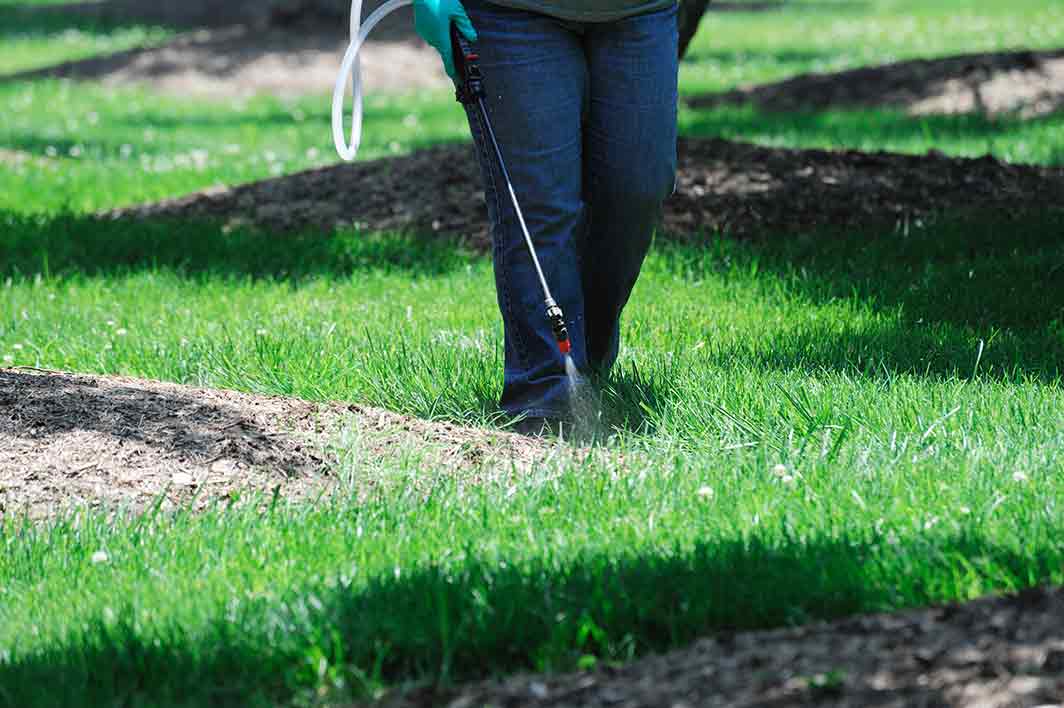
One of the biggest problems with weed and feed is that it treats your entire lawn, whether parts of it need weed control or not. In essence, weed and feed assumes your entire lawn has the same problem and needs the same solution. That may not sound like a big issue, but it introduces several problems:
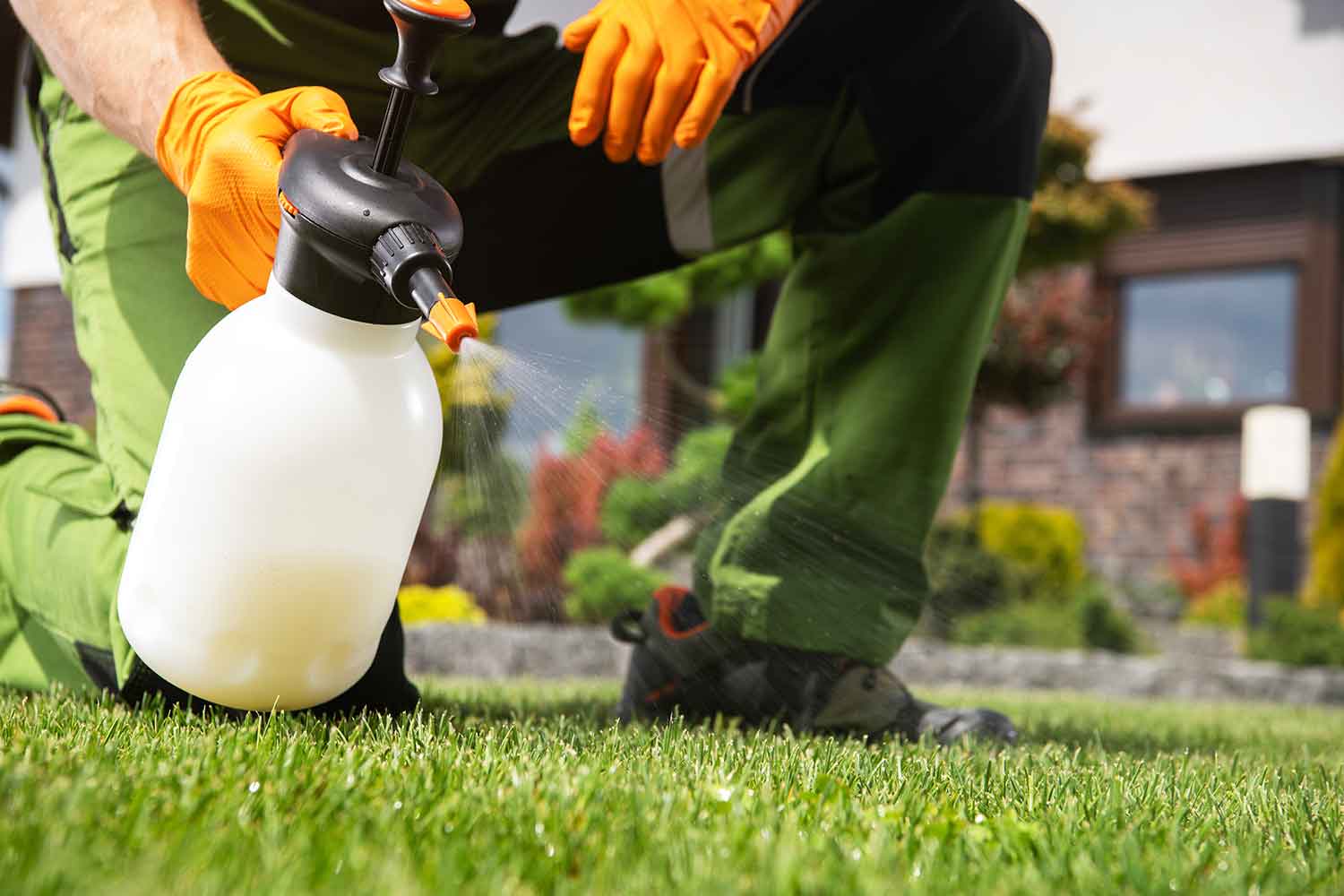
Weed and feed products are also problematic because they force two treatments to occur at the same time, even though weed control and fertilization are best performed on different schedules.
Combining the two into one application can result in a poorly timed treatment for at least one (and often both) of the components. You might be feeding your lawn when it doesn’t need it, or applying weed killer when it’s ineffective, leading to wasted money and minimal results.
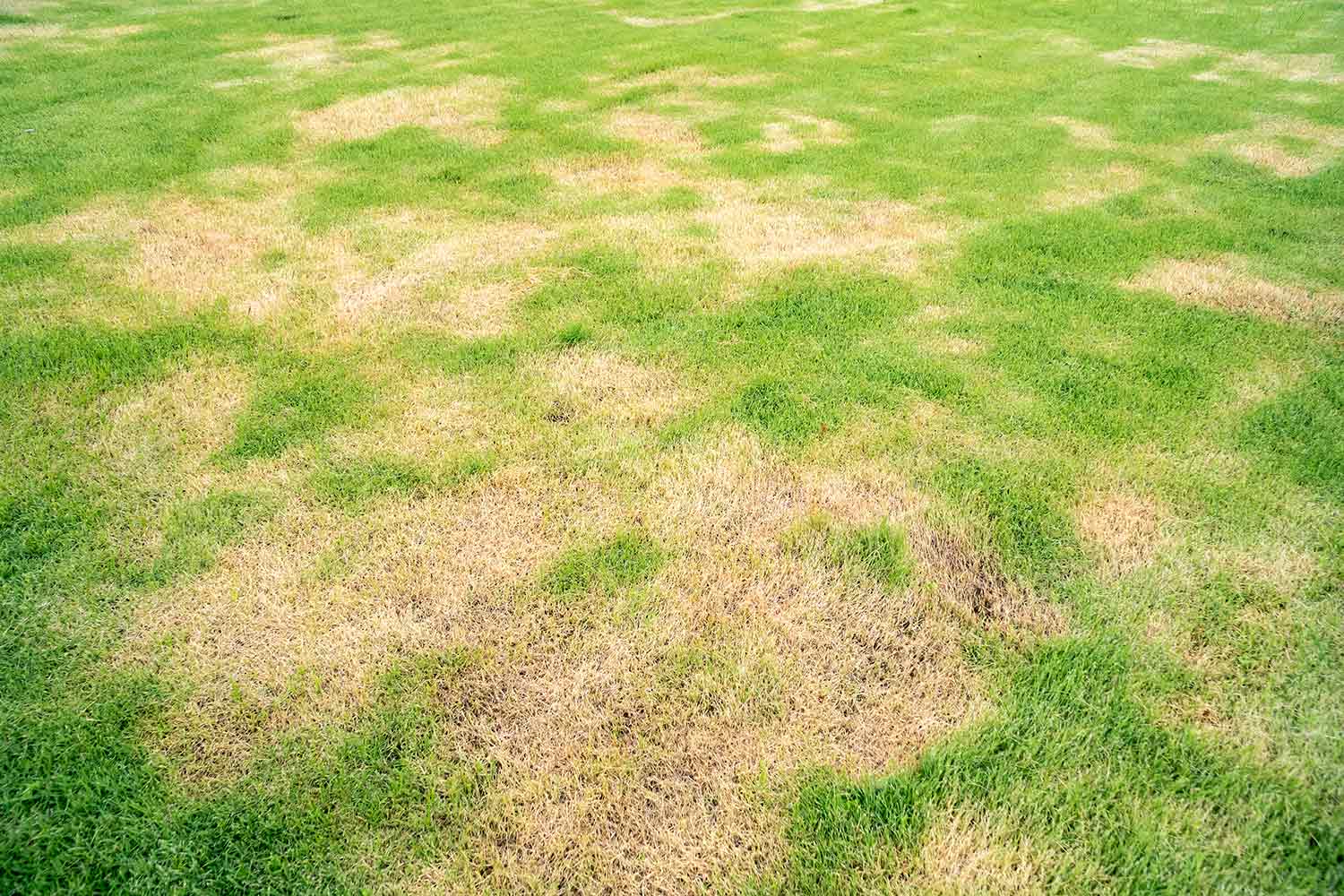
Many homeowners don’t realize that weed and feed can damage certain types of grass. Some herbicides in these products are only safe for specific turfgrass species. Applying weed and feed on the wrong type of grass can cause yellowing, thinning, or even complete lawn failure.
Warm-season grasses like St. Augustinegrass, centipedegrass, and zoysiagrass can be especially sensitive to certain weed killers. Without careful label reading and precise application, you risk doing real harm to your lawn. Newly seeded or recently sodded lawns should never be treated with weed and feed, as herbicides can stunt new growth or prevent seed germination entirely.
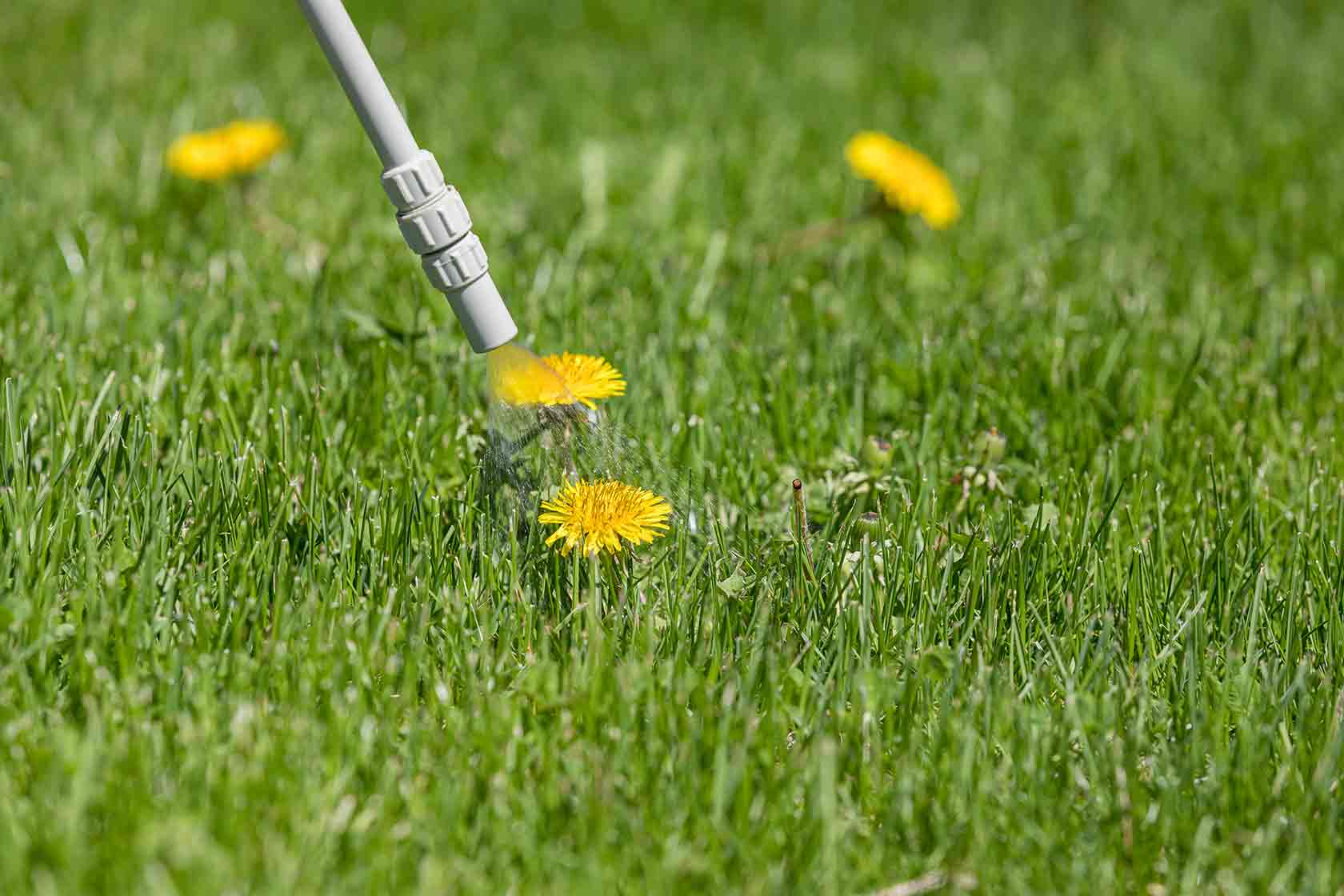
So if weed and feed isn’t the answer, what should you do instead? Fortunately, there are far better ways to manage both weed control and fertilization without combining them into one problematic product.
Instead of applying herbicide across your whole lawn, target only the weedy areas. Use a selective broadleaf herbicide that’s appropriate for your grass type. You can apply it with a handheld sprayer or even a ready-to-use bottle.
Spot-treating is more precise, safer for the environment, and reduces chemical exposure to your lawn and surrounding plants.
Choose a slow-release fertilizer designed for your lawn’s specific needs. Apply it at the right time of year based on your grass type and local climate. This allows the nutrients to feed your lawn gradually over time, leading to deeper roots and long-term health. You’ll also avoid the risk of applying herbicide when it’s not needed.
One of the best weed control strategies is to grow a thick, healthy lawn that naturally shades out weed seedlings. The more vigorous your turf, the less room weeds have to take hold.
There are also natural lawn care approaches for those concerned about chemical exposure. Organic fertilizers, compost tea, corn gluten meal, and even vinegar-based weed sprays can support lawn health with fewer synthetic inputs.
These methods often require more patience and consistency but can be incredibly effective over time for homeowners focused on sustainability.
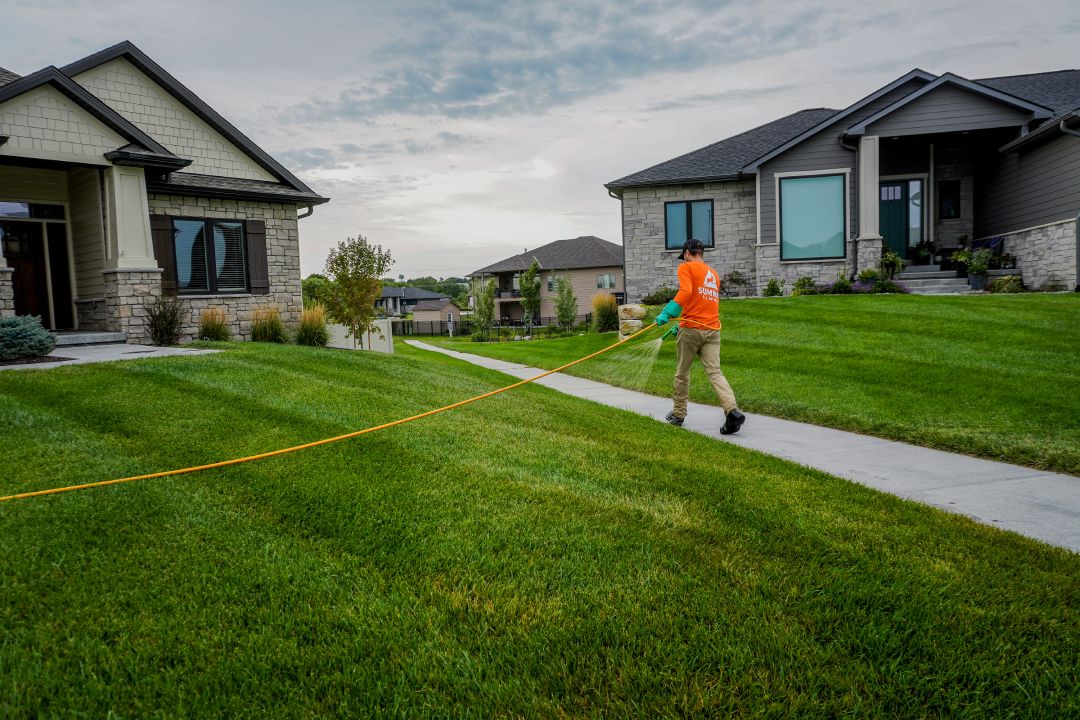
Weed and feed may be convenient, but convenience doesn't always equal quality. For homeowners in Lincoln, NE looking for lasting results, choosing a professional lawn fertilization and weed control service is a smarter, safer alternative to weed and feed.
Local experts like Summit Lawns can tailor treatments to your lawn’s specific needs, apply products at the right time, and spot-treat problem areas with precision for healthier turf without the risks of one-size-fits-all solutions. Call today for more information on the best lawn services in Lincoln, NE!